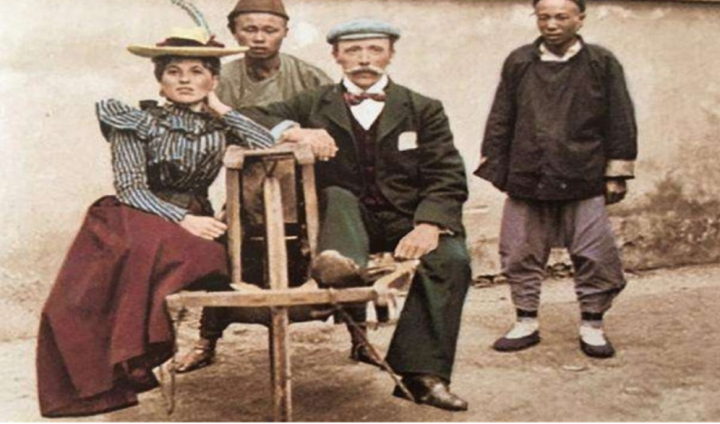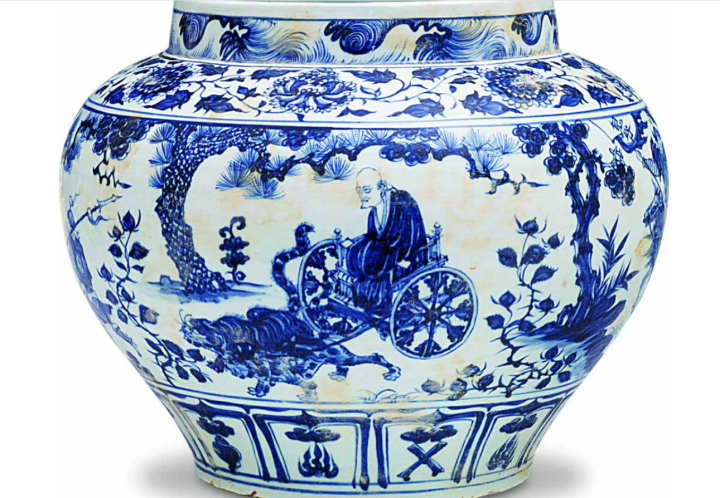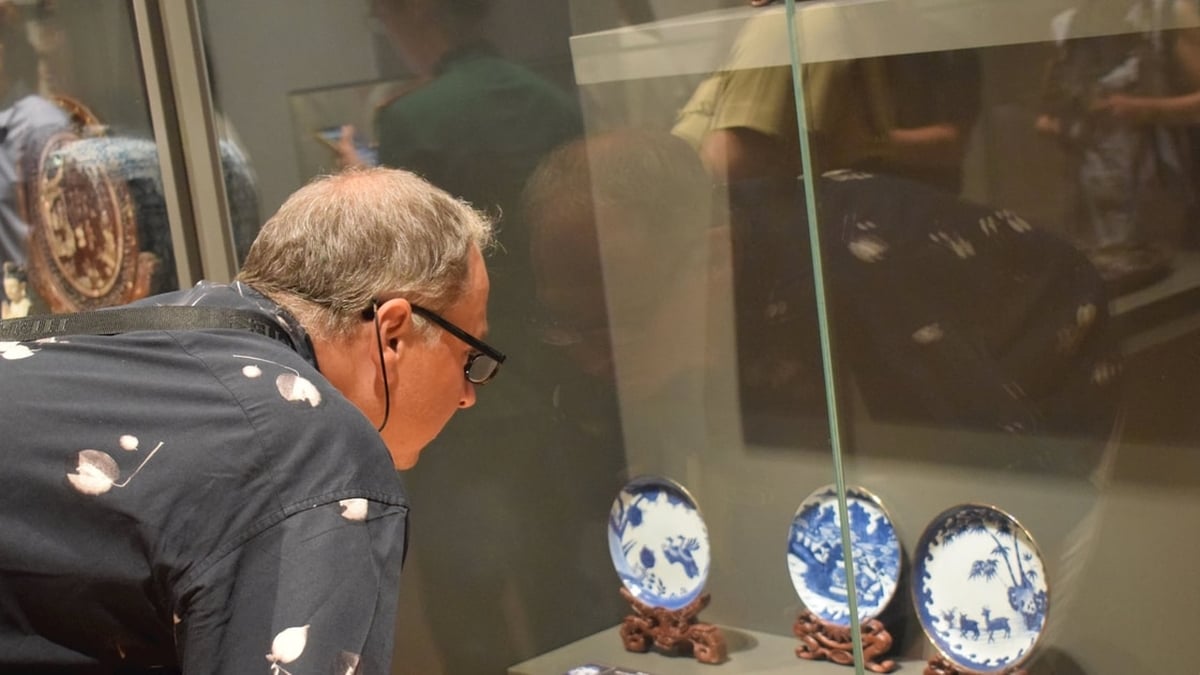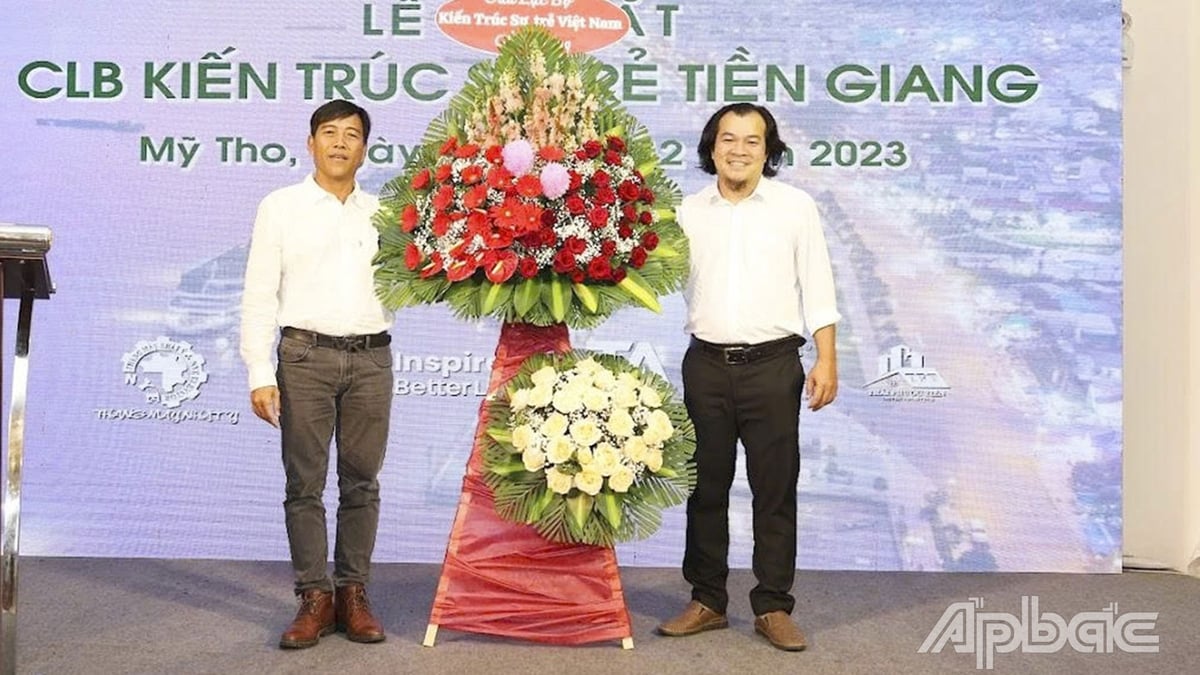During World War I, Van Hemert, a Dutch baron, was sent to Beijing as Commander of the Dutch Guard. His job was to be responsible for the security of the German, Austrian, and Hungarian envoys in China. At that time, everything was very safe in China. Hemert was an avid collector of antiques. He often visited the antique markets in Beijing to buy antiques.
One day in 1913, while walking through an antique market, Hemert was suddenly attracted by a piece of porcelain. It was a Qinghua porcelain jar. When he first saw this antique, Hemert thought it was porcelain from the Ming Dynasty. So he spent 10 ocean coins (equivalent to 30,000 VND today) to buy this porcelain jar.

Baron Hemert, who bought the porcelain jar for 30,000 VND at an antique market. (Photo: QQ News)
However, Hemert did not value this porcelain. He and his descendants continued to use it as a container for household items. It was not until the early 1960s that Hemert’s descendants brought the porcelain jar to an archaeologist for identification. At that time, the expert also determined that it was a Ming-Qing Dynasty Qinghua porcelain.
In 1968, an exhibition called “Chinese Art Under Mongol Rule” was held at the Cleveland Museum of Art. Museum experts visited Mr. Hemert’s family and realized the value of the jar. It turned out to be an extremely rare Yuan Qinghua porcelain jar.
Above this porcelain jar is the work "Quy Coc Tu Ha Son Do" which is considered a rare masterpiece of Thanh Hoa porcelain.

The Nguyen Thanh Hoa porcelain jar was auctioned for more than 470 billion VND. (Photo: QQ News)
This story comes from the famous Yuan Dynasty painting "The Later Collection of the Spring and Autumn Annals of the Seven Kingdoms of Qi". Its content tells about the period of war between the Qi and Yan states. At that time, Sun Tzu was imprisoned by the Yan state, and his master, Gui Gu Zi, rode a chariot pulled by a tiger and a leopard down the mountain to rescue his student.
The special feature of the painting on the Nguyen Thanh Hoa porcelain jar is that this work was painted by a famous artist, not by a craftsman. The strokes on the porcelain jar are extremely vivid and delicate. Therefore, its value is much higher than other Thanh Hoa porcelain items.
Before the Yuan Qinghua porcelain jar was put up for auction, experts valued it at between £1 million and £5 million. Lien Hoai, a Chinese archaeologist, said the jar was worth between £6 million and £8 million.
However, the Nguyen Thanh Hoa porcelain jar “Quy Coc Tu Ha Son Do” was sold for 14 million pounds at an auction held at Christie’s auction house in London in 2005. After adding taxes and other fees, the auction price of the porcelain jar reached 15.688 million pounds (equivalent to more than 470 billion VND).
At that time, the sale price of this porcelain jar set a record for the highest auction price of Chinese art.
Quoc Thai (Source: QQ News)
Useful
Emotion
Creative
Unique
Wrath
Source



































































































Comment (0)